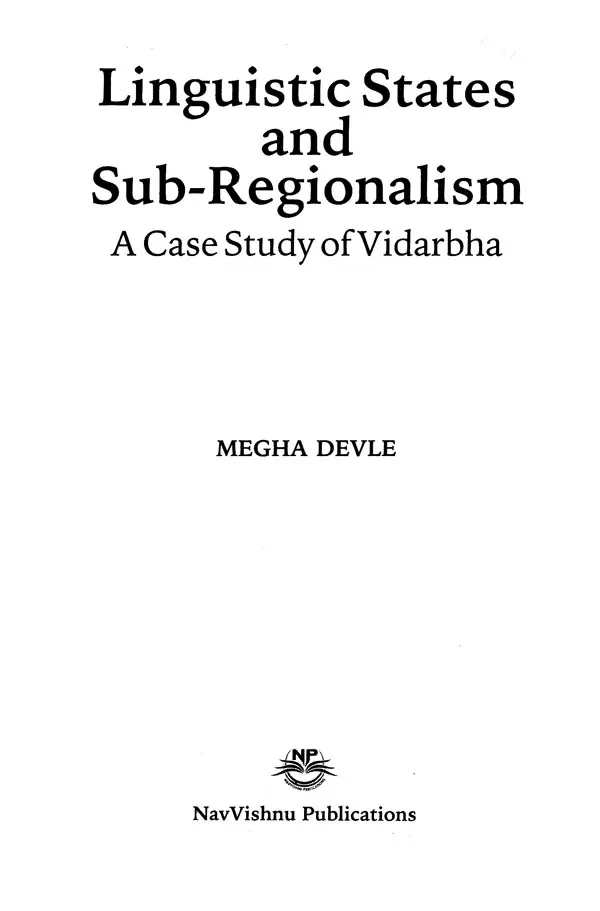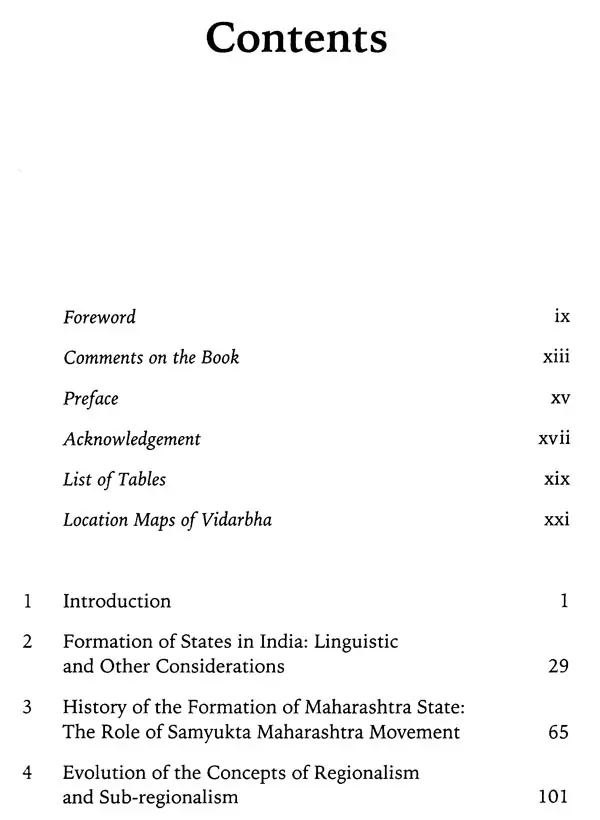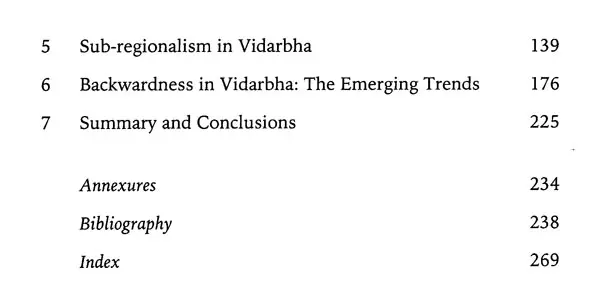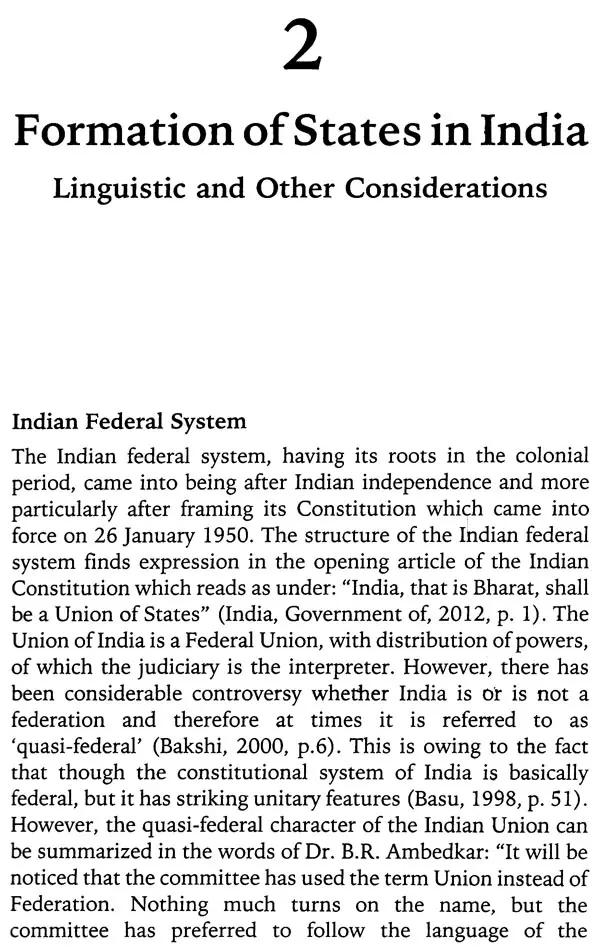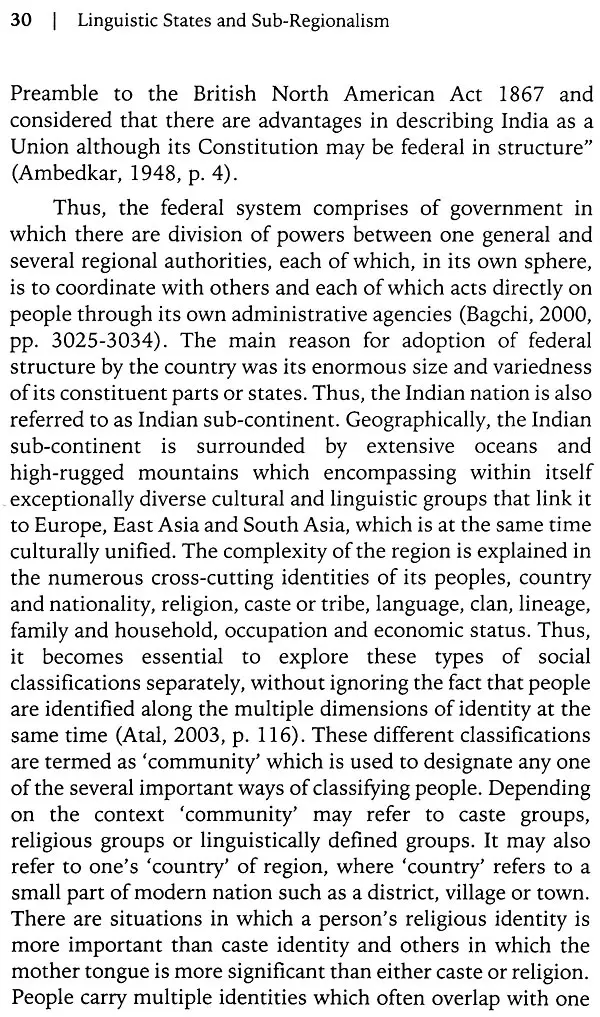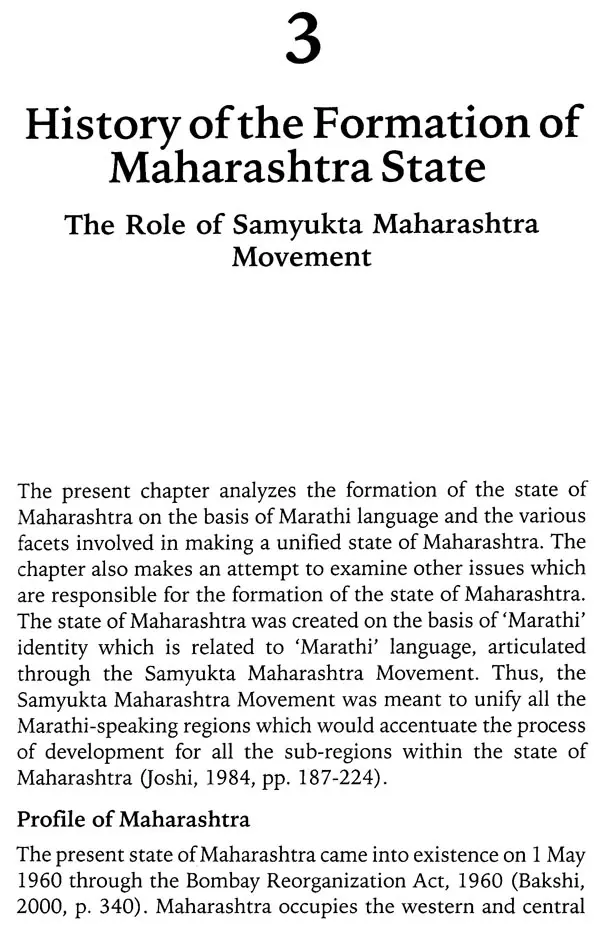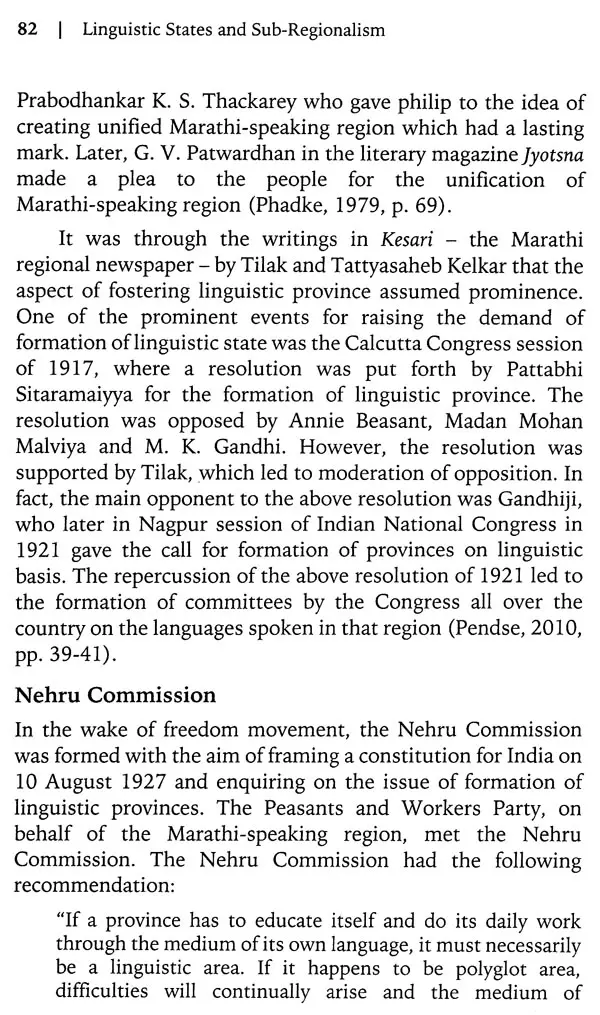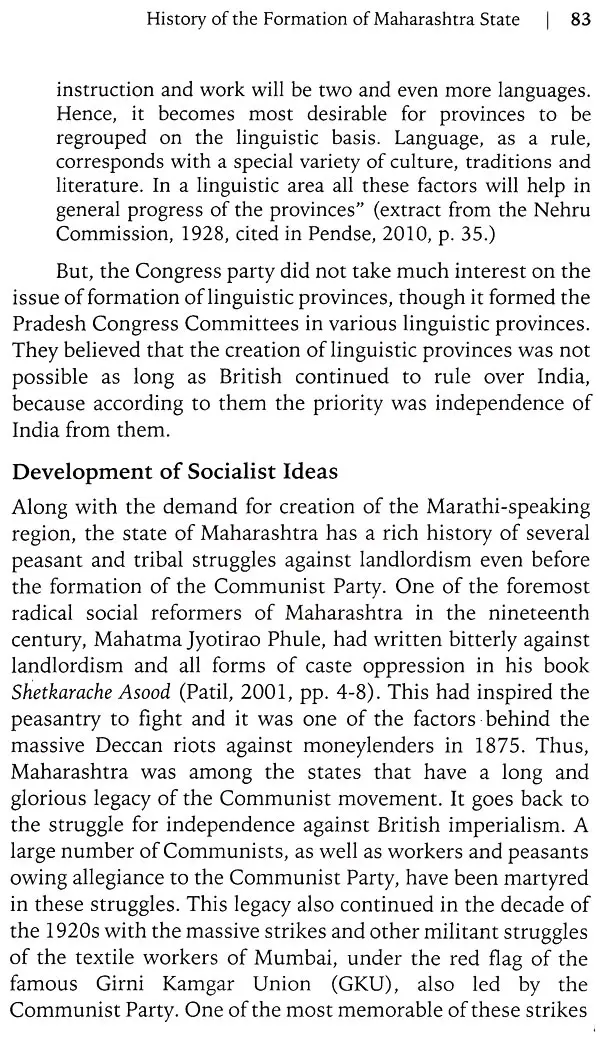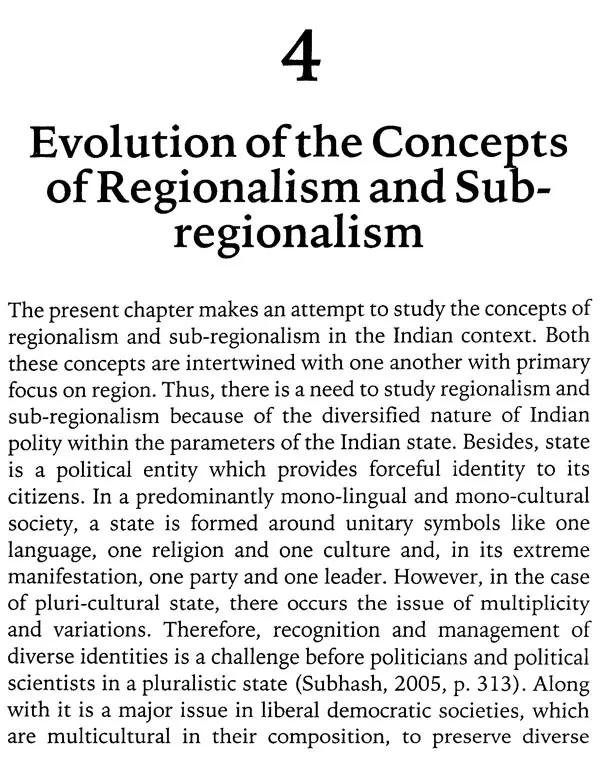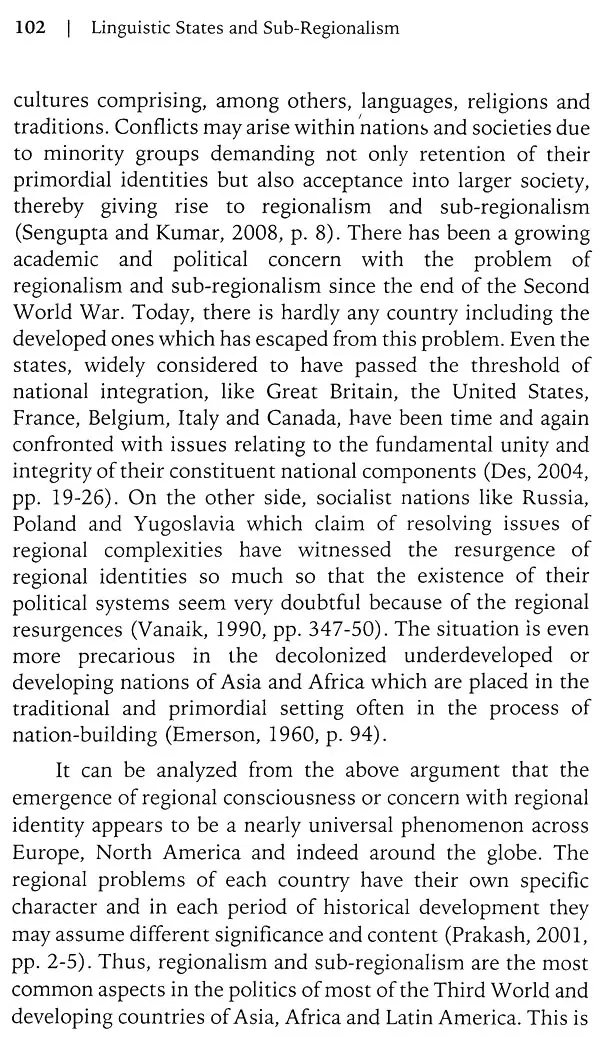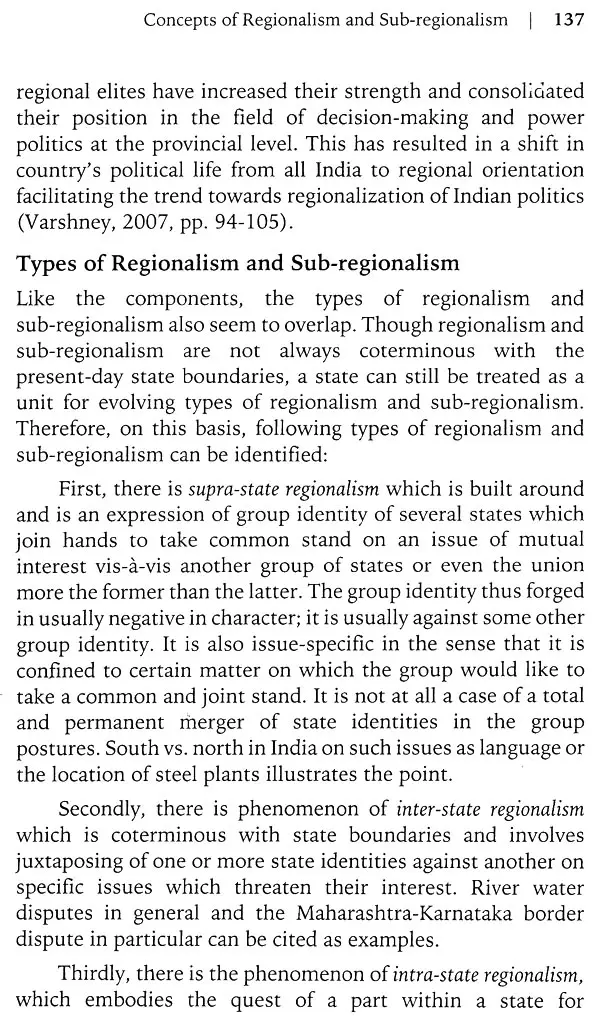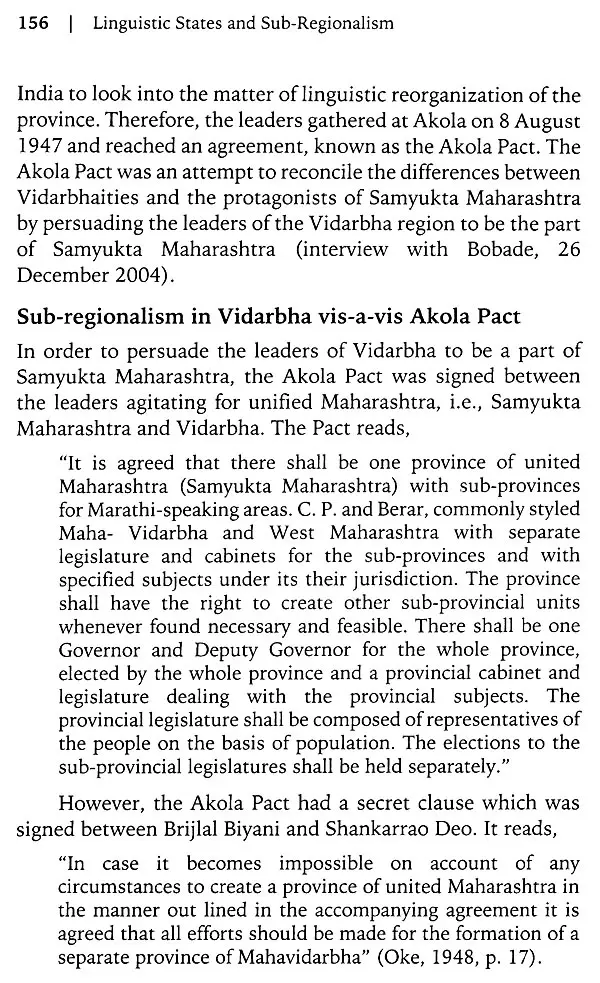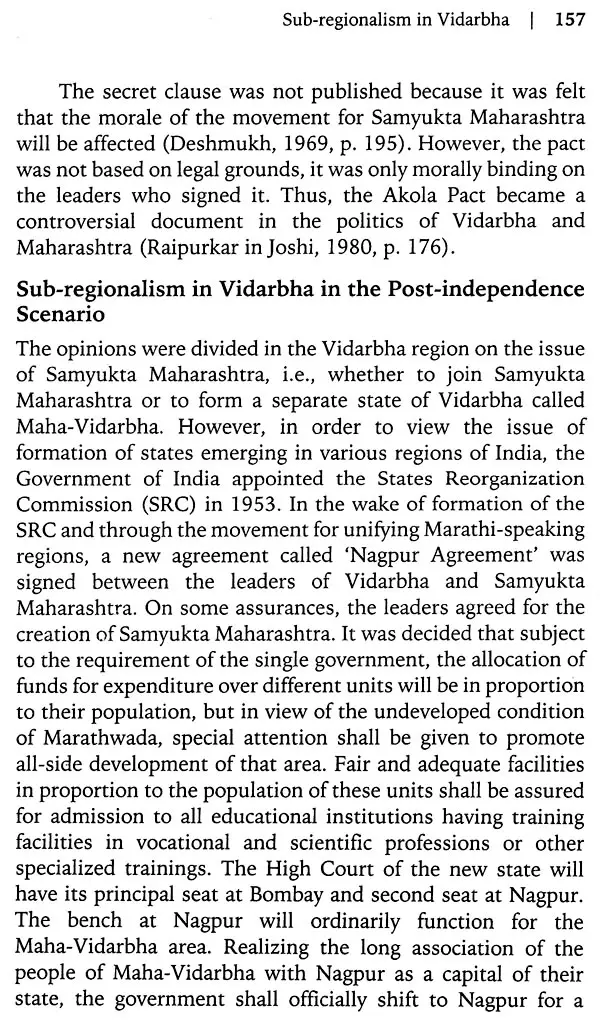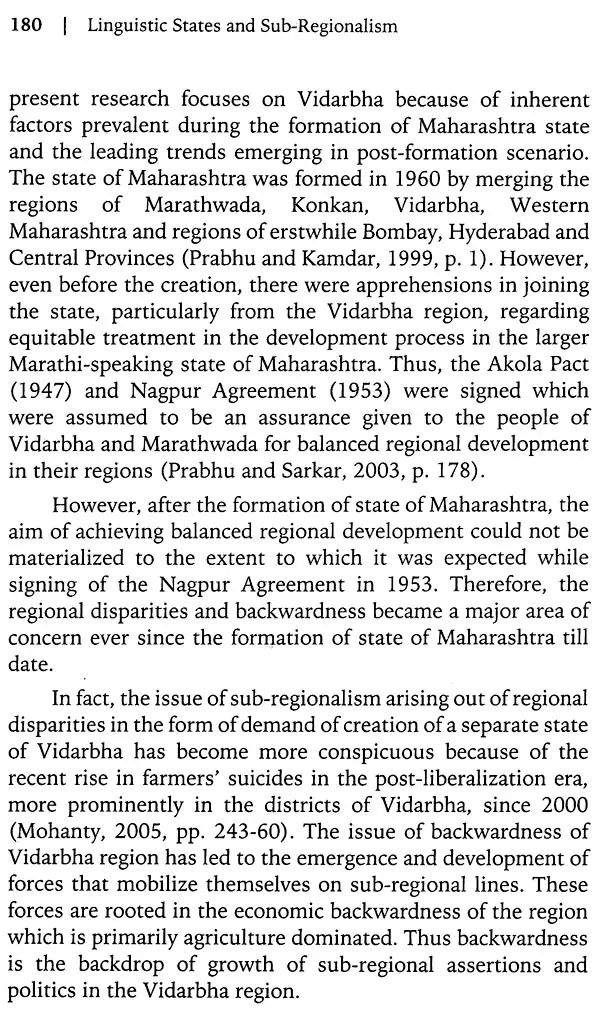
Linguistic States and Sub-Regionalism (A Case Study of Vidarbha)
Book Specification
| Item Code: | UBD532 |
| Author: | Megha Devle |
| Publisher: | NavVishnu Publications, Mumbai |
| Language: | English |
| Edition: | 2016 |
| ISBN: | 9788193022573 |
| Pages: | 295 |
| Cover: | HARDCOVER |
| Other Details | 8.50 X 5.50 inch |
| Weight | 460 gm |
Book Description
I am pleased to write this foreword for the book "Linguistic States and Sub-regionalism: A Case Study of Vidarbha" written by Dr Megha R. Devle, Assistant Professor, Department of Political Science, Birla College, Kalyan. The study of regionalism and sub-regionalism has assumed prominent importance in the arena of Indian politics in general and state politics in particular. The study of state and national politics is intertwined in one another and hence study of the regional and sub-regional dimensions helps in understanding the Indian political system. In this context, the book is indeed a good research that has current relevance. Reading the book was an enriching experience and so I am happy to present it for the benefit of a wide spectrum of readers.
Dr. Devle has organized this book in a rational and balanced manner which presents the various dimensions of backwardness in Vidarbha by examining its contours and concerns. The book is thematically divided into seven chapters. The first chapter rightly gives the background and objectives of the issue and takes up the review of literature available on this topic and then goes further to explain the issue of regionalism and its impact on state politics. The author also gives hypotheses, which are pertinent and logical to the study with matching methodology. This has set the tenor of the study and lays down a clear roadmap.
The second chapter takes a historical review of formation of Indian states after independence in the light of federalism envisaged in the Constitution of India. The chapter also explains the latest phenomena in formation of new states which took place around 2000-01. This chapter is the foundation of the book and is scientifically written drawing upon historical records.
India, which emerged as a new state in 1947, is the world's largest democracy. It emphasizes upon the ideals of its Constitution and its framers stressing on equality, justice with guarantee of rights to the people with the aim to establish an egalitarian society. It also focuses on the establishment of a just social welfare system. The country is characterized by diversity of race, caste, religion and language, and yet it maintains unity in this diversity. Rich in natural resources, India can also boast of a modern economy, transportation and communication networks, a dynamic and competitive private sector, a free and independent press, a developed legal system and modern educational system. A sizeable well-educated middle class constitutes the backbone of modern India (Vohra, 1996, p. 3). Thus, India has emerged as one of the developing nations of the modern world. During this period, the country has been engaged in making the efforts to attain development and growth in various areas such as infrastructure building, production of food grains, developments in the field of science and technology and spread of education. The life expectancy has increased and many diseases have been controlled. In spite of the above efforts, there are many areas in which Indian society and polity is experiencing challenges which have their roots in our colonial past while others are related to demographic changes, socio-political conditions and cultural processes. In fact, being a plural society, it has vertical and horizontal divisions along the lines of kinship, culture, religion, languages, tradition, economic conditions and many others factors. The significance of distinctive group identity cannot be overestimated in India (Panda, 2001, p. 31). Therefore, when India gained its political independence in 1947, it had been engaged in the gigantic task of nation-building. The task of transformation of nation as a self-sufficient and cohesive political entity has proved to be a difficult challenge to the national leaders. The colonial past, socio-economic disparities in the society and the raised aspirations have culminated in a complex situation. Since the Indian polity has been experiencing political change with respect to democratization, giving rise to more and more political aspirations of the people, it has in turn given rise to various regional political parties in the whole of the country. No doubt, the political parties serve the task of binding political institutions and also the function of institutionalization wherein the organizations and associations acquire stability (Chibber, 1999, pp. 6-10). However, it cannot be denied that the current political scenario exhibits a plethora of political parties, which do not even have a significant role to play in the local politics, be it rural or urban, that is, either the Zilla Parishad or the municipal elections, since Indian political set-up has more than 450 political parties (in 2012). The reasons for the emergence of these political parties is definitely accrued to the regional sentiments of the people (Nuna, 1988, pp. 137-57). It is not necessary that the political aspirations are of a larger political entity like the district or a taluka or a state but it can also have a restricted clientele to only a village or may be a particular group of population in a group of villages which can be a political constituency of a particular political party. As stated above, the growth of regional political parties is the outcome of the process of democratization of Indian political system wherein we find emergence of new groups (Kumar, 2011, p. 2). These new groups at times give rise to political conflicts. These political conflicts include a variety of issues which may combine regionally based inter-party conflicts, intra party factionalism and regionally based voting behaviour. It has given rise to competitive electoral federalism which characterizes the modern Indian politics. In a competitive party system, party leaders may seek to maintain a distinctive identity by forming coalitions with parties appealing to a divergent rather than a coherent, ideological support base (Adeney and Saez, 2005, p. 31).
**Contents and Sample Pages**
